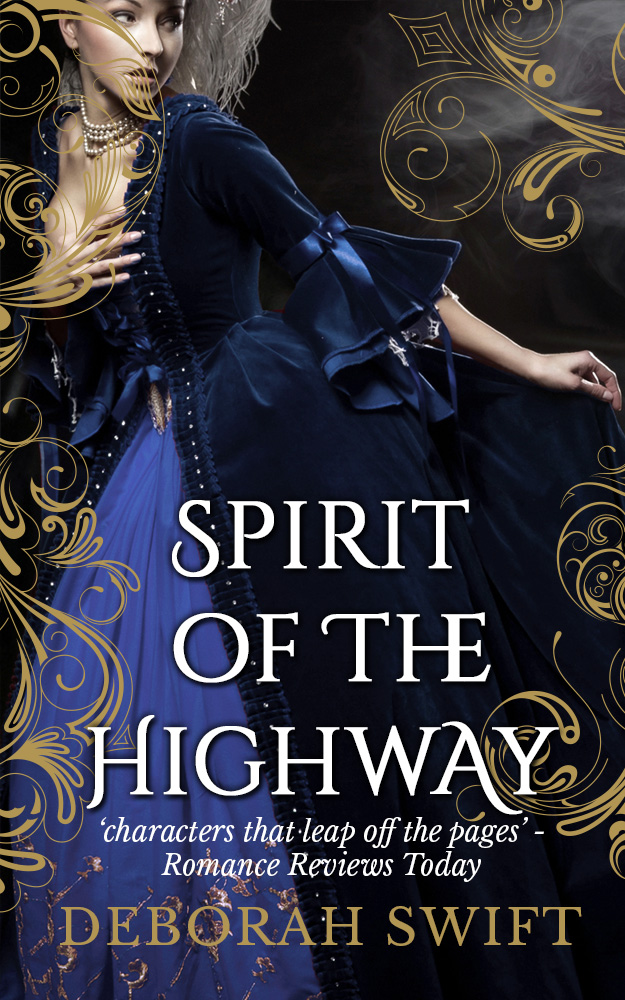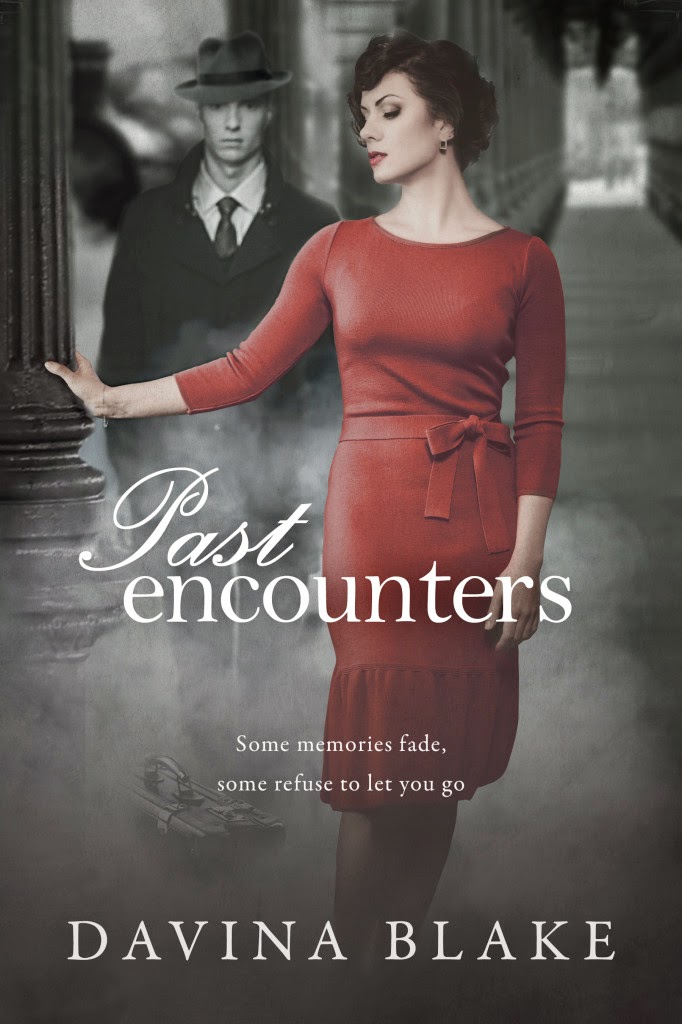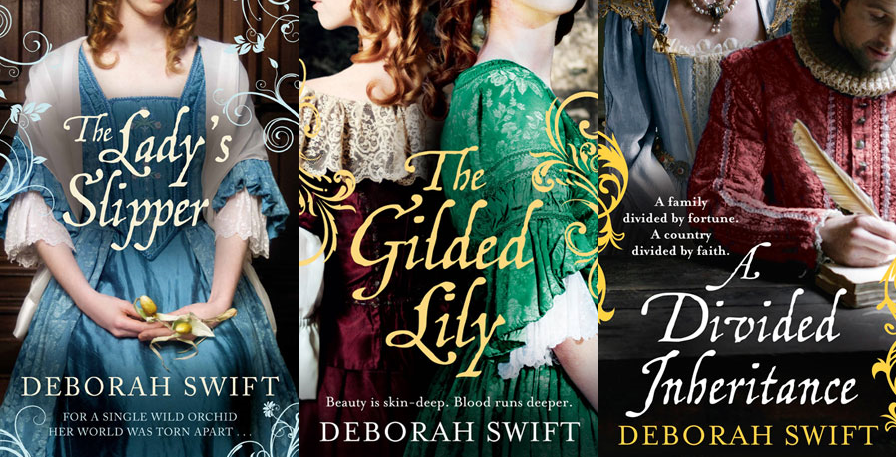Blurb:
Based on the real figure of the fascinating Elizabeth Poole, The Crimson Ribbon is the mesmerising story of two women's obsession, superstition and hope.
May Day 1646. The Civil War is raging and what should be a rare moment of blessing for the town of Ely takes a brutal turn. Ruth Flowers is left with little choice but to flee the household of Oliver Cromwell, the only home she has ever known. On the road to London, Ruth sparks an uneasy alliance with a soldier, the battle-scarred and troubled Joseph. But when she reaches the city, it's in the Poole household that she finds refuge.
Lizzie Poole, beautiful and charismatic, enthrals the vulnerable Ruth, who binds herself inextricably to Lizzie's world. But in these troubled times, Ruth is haunted by fears of her past catching up with her. And as Lizzie's radical ideas escalate, Ruth finds herself carried to the heart of the country's conflict, to the trial of a king.
I received this book for review from the Amazon Vine programme because I love the seventeenth century and it looked like my sort of book. I was not disappointed.
The story of Elizabeth Poole and her role as witness to the beheading of a King is brought masterfully to life in this gripping drama. Told through the eyes of Ruth Flowers who is on the run to escape a witch hunt, the book draws the reader gradually into the uneasy, fragile world of desperate people looking for an answer to the bloodshed of the English Civil Wars. Elizabeth Poole herself remains an enigma, shedding layers of shifting truths that make the reader unsure who or what she is. Is Elizabeth a sinner or a saint? Ruth's devotion to her, though not fully explained, is both her salvation and her downfall.
Although it only uses historical events as a kind of backdrop to the story I found the historical background to be well-researched and atmospheric. But the strength of this novel is in the portayal of the ever-changing relationship between Ruth and Lizzie, and the writer's ability to take you fully into the mindset of a nation which can try a King for treason against his own country.
I look forward to more books from this debut novelist, Katherine Clements. For comparison you might like to try 'As Meat Loves Salt' by Maria McCann which tells of a similar obsessive relationship between two men, and is one of my favourite reads about this period.


















